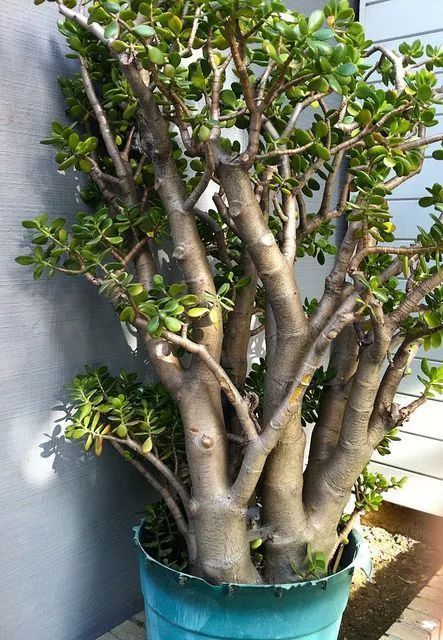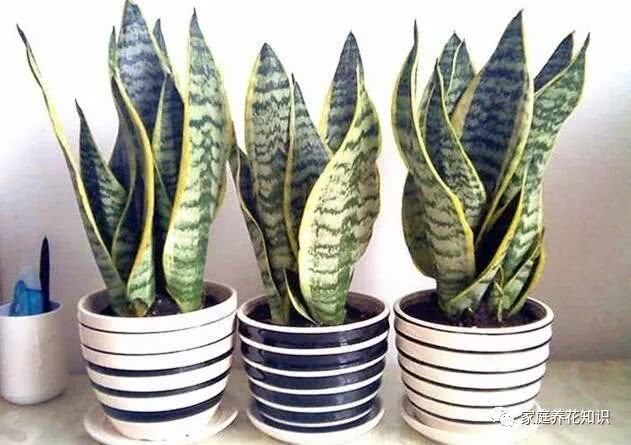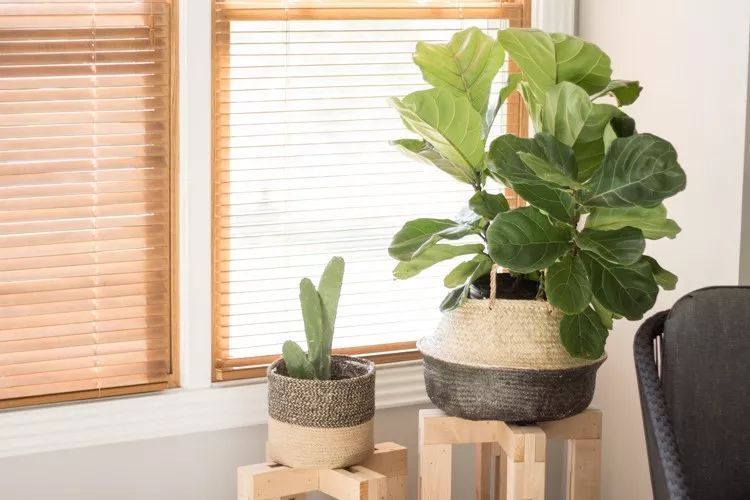There are so many varieties of Yushu that can grow into bonsai trees without much management.

Yushu looks like trees, but in fact they are succulent plants and their trunks are brown. It will become a tree after a few more years. Like most succulent plants, it is native to South Africa and can grow up to three or four meters tall in the wild. If cultivated as an indoor plant, it usually can only wait for more than 30 centimeters.
Yushu is also called thick-skinned, because its leaves are very thick and there is a lot of water in it, which is why it is so drought-resistant and does not need to be watered frequently. It can survive even if it is forgotten to water for a month or two.
At the beginning, there are many varieties of Yushu, such as tube leaf flower moon, golden flower moon, bluebird and so on. These similar varieties are all obtained through hybridization, and they are all very popular potted plants.
It is very easy to plant Yushu. It can grow in ventilated and brightly lit areas. It is even better if you keep it on a south-facing windowsill, preferably with more than four hours of direct light every day.
Yushu is best cultivated with loose and drained sandy soil, peat soil can be used with perlite, mixed at 2:1, flowerpots choose red clay pots or earthen pots with good drainage and excellent air permeability.
Succulent plants do not need to be watered frequently in any season, and watering should be controlled when the temperature is low in winter. They must wait until they are suddenly completely dry before they can be watered. If they are watered too much, their roots rot easily and their leaves turn yellow and fall easily.
The best temperature for the cultivation of Yushu is between 15 and 25 degrees, and the temperature at night can be slightly lower than about five degrees, and the growth of Yushu with appropriate temperature difference will be better. If sufficient light is maintained and a large temperature difference is added, the edge of the leaves of Yushu will show a red edge, forming a bright scene, and there is a chance to produce bright pink or white flowers in winter and spring.
In the spring and autumn season, thin fertilizer can be given once every three or four weeks, and fertilizer should be stopped in hot summer and cold winter, otherwise it is easy to cause fat injury.
If you want to breed Yushu, it is very easy. As long as you pick a few leaves and put them on the soil, you can take root and sprout in half a month. Of course, if you want to grow faster, you can cut off some branches, about nine centimeters long, remove the leaves at the bottom, and leave only some leaves at the top.
After that, the wound should be dried, it can be placed in a ventilated and shaded place, and then cut back into the soil after 3 or 5 days. Don't water the plant just now, you can put it in a ventilated and brightly lit place, and then slowly see the light after two or three weeks of maintenance.
- Prev

This thing has a wonderful effect of raising tiger skin orchid. 3-4 grains are thrown into the basin. The lateral buds grow like steel drills.
Speaking of Tiger Pilan, I believe that flower friends are no stranger, Tiger Pilan is mainly foliage potted plants, its leaves are long and beautiful, many people will raise 1 MUE 2 pots at home, and it can also purify the air, whether your home is Chinese decoration or simple.
- Next

How do novice flower growers choose suitable potted plants which flowers are difficult to raise to death?
It's great to keep a few pots of indoor plants at home. Beginners must understand the needs of plants before growing them to ensure that the plants you buy can thrive. If you don't want to spend too much time taking care of plants, here.
Related
- Wuhan Hospital Iron Tree Blooming Result Was Instantly Frightened by the Gardener Master
- Which variety of camellia is the most fragrant and best? Which one do you like best?
- What is the small blue coat, the breeding methods and matters needing attention of the succulent plant
- Dormancy time and maintenance management of succulent plants during dormancy
- Minas succulent how to raise, Minas succulent plant pictures
- What are the varieties of winter succulent plants
- How to raise succulent plants in twelve rolls? let's take a look at some experience of breeding twelve rolls.
- Attention should be paid to water control for succulent plants during dormant period (winter and summer)
- Watering experience of twelve rolls of succulent plants
- Techniques for fertilizing succulent plants. An article will let you know how to fertilize succulent plants.

